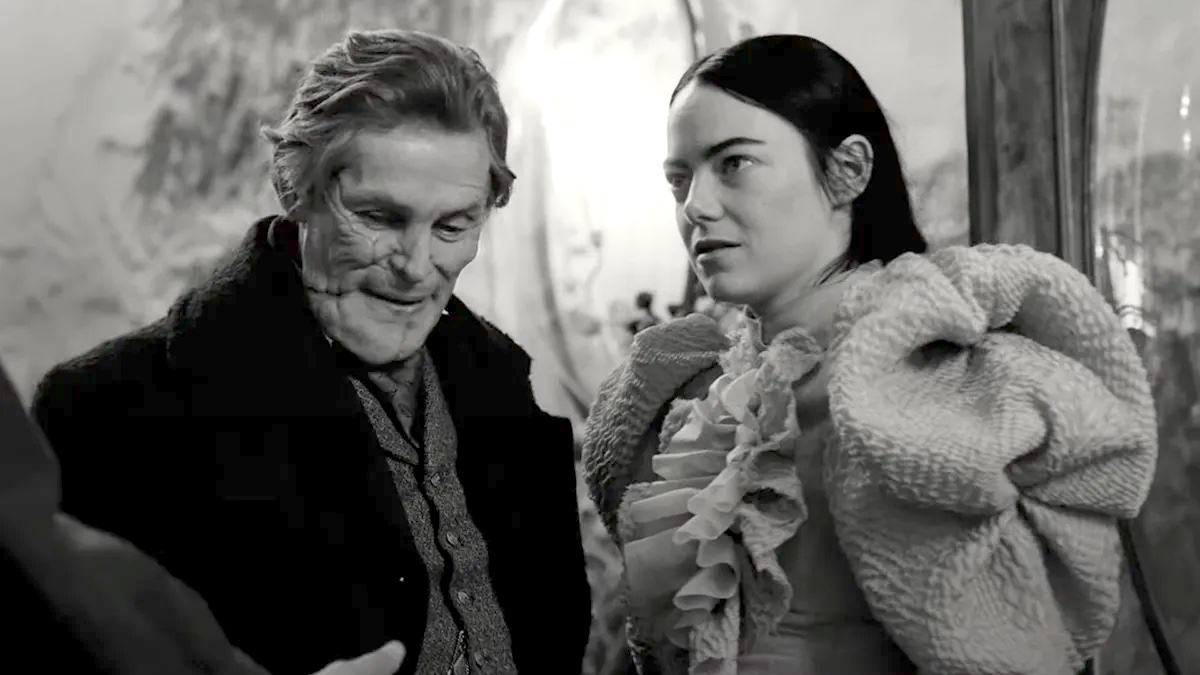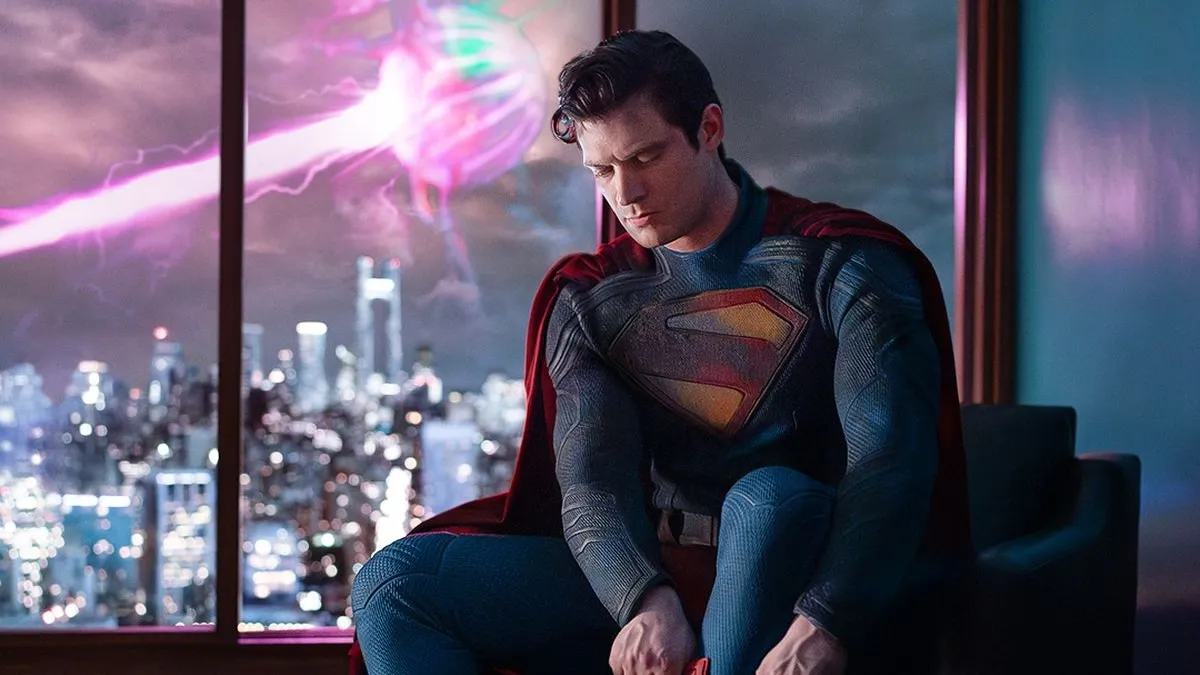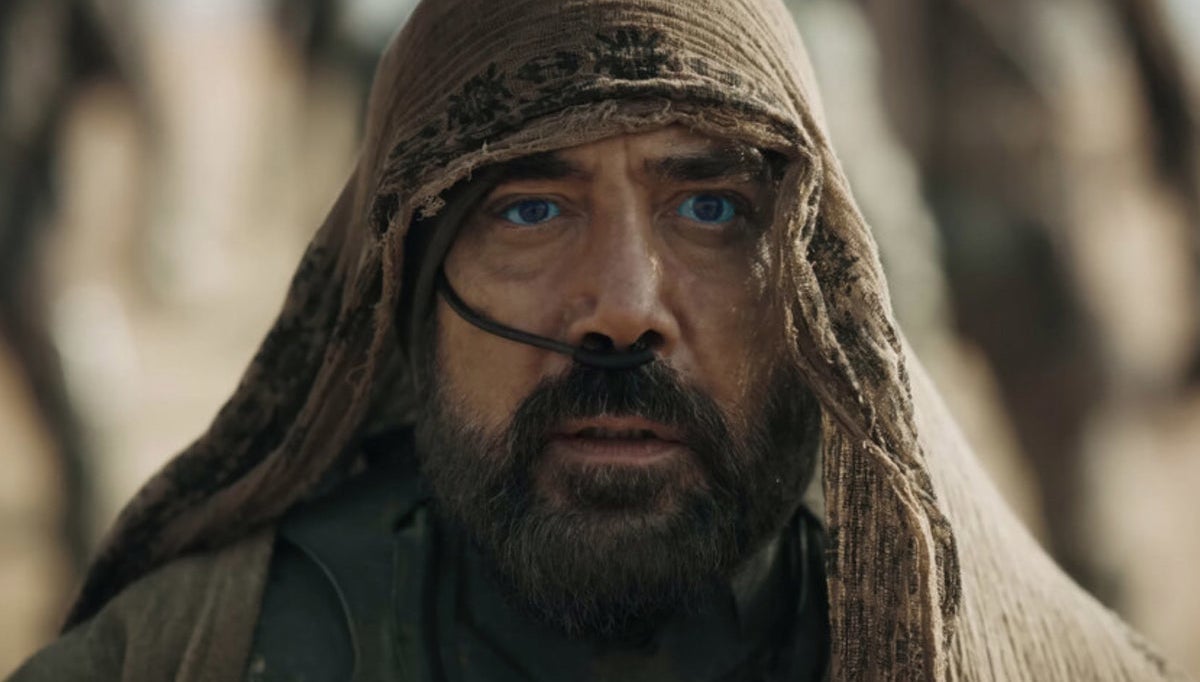When you’ve been in the acting business as long as Willem Dafoe has, to say nothing of the diverse spaces he’s occupied in that time, you’re bound to bear witness a cultural shift or two, some more preferable than others.
But for Dafoe, the current relationship the public tends to have with movies is anything but preferable. In a recent interview with The Guardian, the 68-year-old reminisced on the days before Netflix kicked up the streaming storm, lamenting the decaying nuance that tends to come with the habits enabled by modern viewing models:
“You go see a movie, you go out to dinner, you talk about it later, and that spreads out. People now go home, they say, ‘Hey, honey, let’s watch something stupid tonight,’ and they flip through and they watch five minutes of 10 movies, and they say, forget it, let’s go to bed. Where’s that discourse found?”
Dafoe’s sentiment is an important one, even if the two scenarios he presents aren’t quite all-encompassing of each era. Both streaming services and movie theaters have their ups and downs, of course, but where streaming’s major upside is the accessibility it provides to those who don’t live near many, or any, movie theaters, the major upside that movie theaters provide is that encouragement of watching a film very intentionally.
Indeed, there’s a palpable consciousness to going to see a movie at a movie theater, from going to the theater, deciding what you want to see, buying your ticket, abiding by the etiquette, and so on and so forth. This, combined with the atmosphere of the cinema, encourages intentional, engaged viewing, which can then result in those thought-provoking conversations that Dafoe is referring to.
Netflix, meanwhile, takes much less effort for obvious reasons, and thereby opens the door to more passive viewing habits—habits that tend to result in putting on a movie for the sake of having a movie on or understanding a meme rather than meaningfully watching the film. Effectively, streaming culture exploits our collective tendency to go on autopilot, and then spreads that to our movie-viewing habits in a way that theaters wouldn’t allow.
To that point, the idea that viewers themselves have changed is a misguided one. Watching movies with honest intention at home is a more than feasible task, and anyone who consciously wants to do that will do so. So, the fact that so many people don’t is more indicative of the fact that today’s models of film-watching more closely match the passive relationship that those viewers would prefer to have with media, a relationship that wasn’t all that feasible in the pre-streaming era.
As George Watsky once said, everything is the same as it’s always been, only more so, and that paints a rather uncannily dark picture for those of us like Dafoe, who prefer evocative art to the increasingly more profitable content (I use that word in a demeaning manner) that keeps flooding our queues. But, so long as the Poor Things‘ of the world keep coming in at a steady pace, maybe we can breathe easy after all.
(featured image: Searchlight Pictures)










Published: Jan 10, 2024 02:51 pm